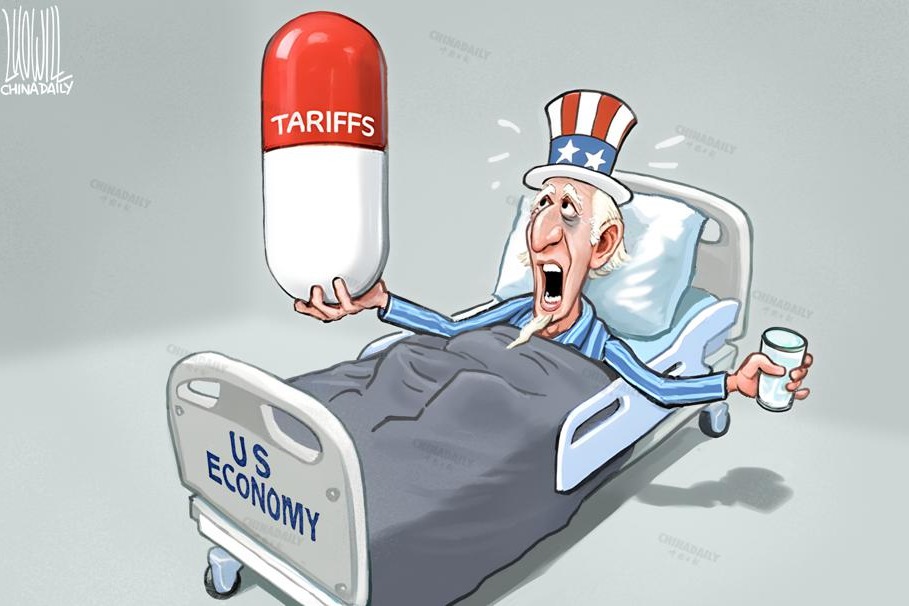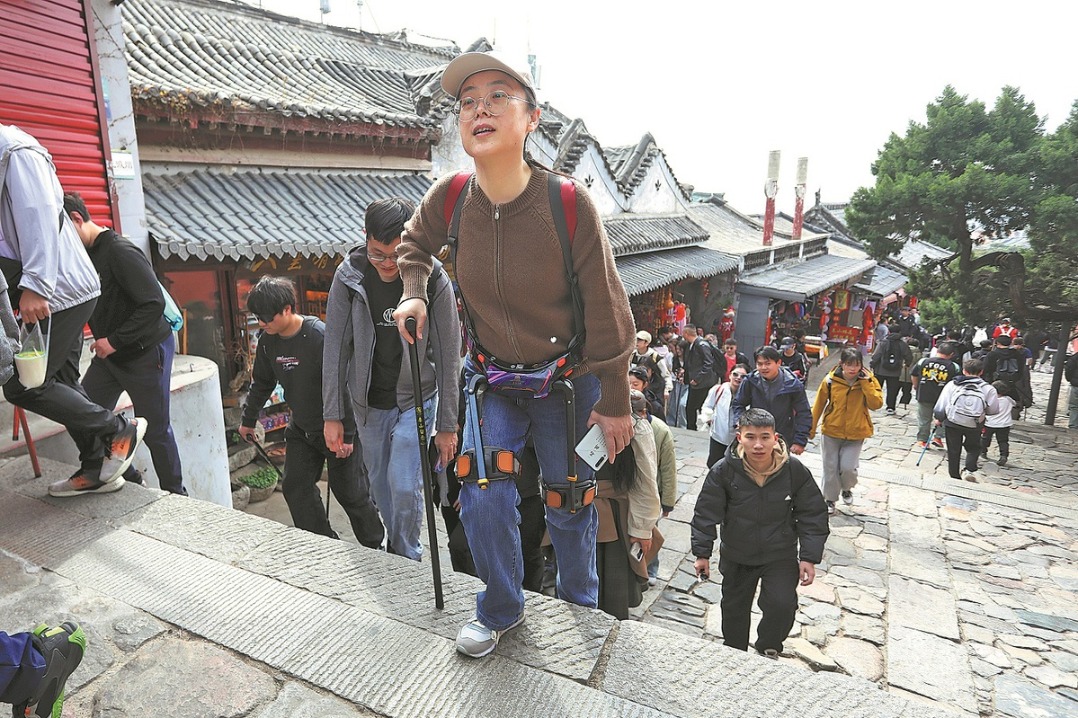Poised for great development
By Wang Yiqing | China Daily | Updated: 2020-05-28 09:15

Region's untapped potential can boost domestic demand
Editor's Note: With this year's two sessions underway-the annual meetings of the National People's Congress and the National Committee of the Chinese People's Political Consultative Conference-China Daily toured China to gather a series of stories focusing on the achievements and blueprints in various regions. They show how different regions find their own special strengths to achieve sustained economic development and integrated growth.
Two decades after the launch of the Western Development Strategy, the Central Committee of the Communist Party of China recently announced a significant new step in promoting the large-scale development of the western region in the new era. It is regarded as an updated version of the Western Development Strategy, which opens a new round of development and opening-up of the western region.
For decades, the western region-made up of 12 municipality, provinces and autonomous regions-has lagged behind the eastern region in terms of social and economic development.
Though the region accounts for more than 70 percent of China's land area, it is home to only 27 percent of the country's total population. The region's GDP was also only about 17 percent of the country's overall GDP by the end of the last century.
The well-known Hu Line, which was drawn by famous population geographer Hu Huanyong in 1935 to mark striking differences in population distribution and urbanization levels between the eastern and western regions, has not drastically changed even till the end of the 20th century.
At the beginning of this millennium, the central government established a leading group for the Western Development Strategy to improve economic and social development levels in the region, narrow the regional development gap between the western and eastern regions and strengthen national defense.
In the following two decades, the central government has successively made several five-year plans for the region and launched a series of favorable policies and measures to enhance infrastructure construction, business environment, ecology and employment.
Since the 19th CPC National Congress, the central government's Western Development Strategy began to focus on "forming a new pattern" to suit changing global and domestic situations. A new guidance was eventually launched to clearly mark the direction and road map of the western region development in the new era.
"In the past two decades, the Western Development Strategy has mainly focused on infrastructure construction as well as environmental protection in the first 10 years, and development of key industries as well as social undertakings in the next 10 years," said An Shuwei, economic professor at the Capital University of Economics and Business. "And the new guidance answers the question on how to further develop the western region in the following 15 years under new situations."
The guidance stated that the development gap between the eastern and western regions still exists, making the western region "a weak link" in building a moderately well-off society in an all-rounded way and achieving socialist modernization.
As this year is the final year of China's poverty alleviation campaign, the western region faces great pressure in reaching this goal, given that the remaining 52 poverty-stricken counties are all in the western region. Now, overcoming the negative impacts of the novel coronavirus outbreak and accelerating development in the region to help the impoverished are top priorities for the western region.
To further promote development of the western region, the new guidance puts forward 36 specific measures for deepening reform, high-quality development, the Belt and Road Initiative, environmental protection and employment.
























